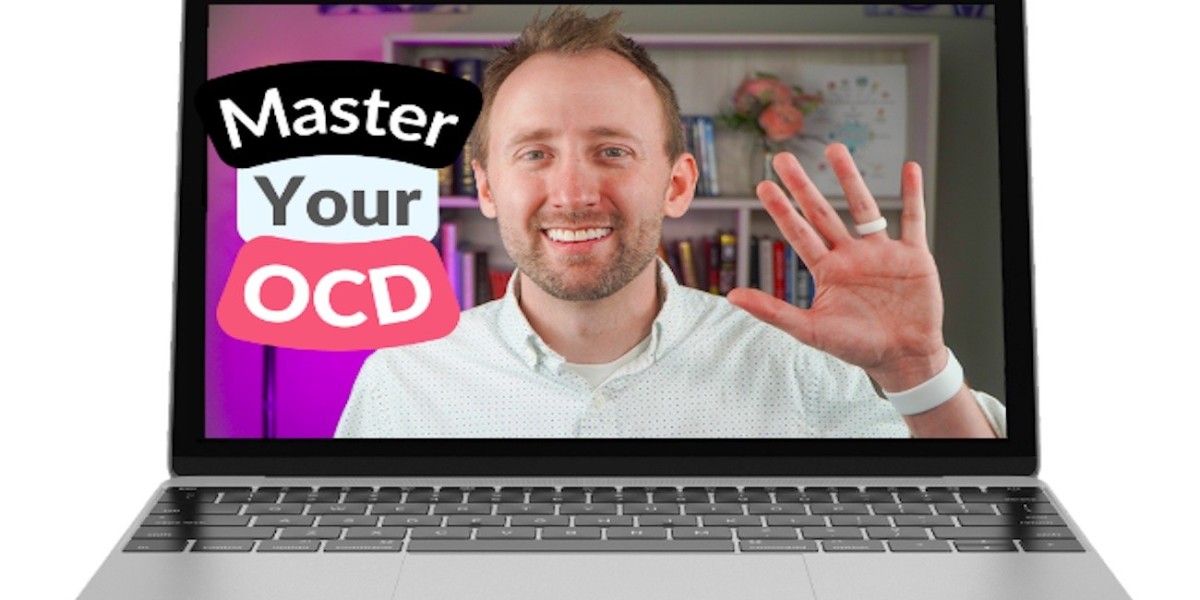Obsessive-Compulsive Disorder (OCD) is a mental health condition characterized by persistent, unwanted thoughts (obsessions) and repetitive behaviors (compulsions). OCD can take many forms, including harm OCD, gay OCD, and body-focused repetitive behaviors like trichotillomania. These subtypes of OCD can be particularly distressing for those affected, but with the right understanding and treatment, managing symptoms becomes more attainable.
Trichotillomania Treatment: Managing Hair-Pulling Behaviors
Trichotillomania, also known as hair-pulling disorder, is a body-focused repetitive behavior where individuals feel compelled to pull out their hair, leading to noticeable hair loss and emotional distress. This condition can affect individuals at any age and often results in feelings of shame and isolation.
Treatment for trichotillomania typically involves a combination of Cognitive Behavioral Therapy (CBT), particularly a specific type called Habit Reversal Training (HRT). HRT helps individuals become more aware of their hair-pulling triggers and teaches them alternative behaviors to replace the compulsion. Mindfulness techniques, support groups, and sometimes medication can also be effective in managing the symptoms of trichotillomania.
Gay OCD (Sexual Orientation OCD): Coping with Intrusive Thoughts
Gay OCD, also known as Sexual Orientation OCD, is a subtype of OCD where individuals experience intrusive thoughts and doubts about their sexual orientation. For someone with heterosexual orientation, this can manifest as persistent fears or anxiety about being gay, despite having no desire to change their orientation. This form of OCD is not about sexual orientation itself but rather the compulsive questioning and uncertainty that the individual cannot seem to resolve.
Therapy, particularly Exposure and Response Prevention (ERP), is the gold standard for treating gay OCD. ERP works by gradually exposing individuals to situations that trigger their obsessions while helping them resist the urge to perform compulsive behaviors. Over time, individuals learn to tolerate the discomfort of uncertainty without resorting to compulsions.
Harm OCD Symptoms: Fears of Unintended Harm
Harm OCD is a subtype in which individuals are plagued by intrusive thoughts about causing harm to others, even though they have no desire to act on these thoughts. These fears can range from worrying about accidentally hurting someone to imagining causing harm intentionally. The thoughts often provoke immense anxiety and lead to compulsive behaviors aimed at preventing harm, such as avoiding certain situations or excessively seeking reassurance.
The hallmark of harm OCD treatment is ERP, similar to other forms of OCD. By gradually facing their fears and resisting the urge to perform compulsions, individuals learn that their thoughts do not define their actions and that they are not a danger to others. Cognitive Behavioral Therapy (CBT) is also used to challenge the irrational fears and beliefs that drive the disorder.
HOCD Symptoms: Navigating Fear of Homosexuality
HOCD, or Homosexual OCD, is another subtype of sexual orientation OCD, where individuals experience intrusive fears about being or becoming gay. This is distinct from gay OCD in that it typically affects heterosexual individuals who fear a sudden change in their sexual orientation, despite no evidence or desire for such a shift. HOCD symptoms include persistent doubts, compulsive checking of attractions, and seeking reassurance from others.
Like other OCD subtypes, ERP is the most effective treatment for HOCD. The goal is to help individuals confront their fears without seeking reassurance or performing compulsions. Over time, the anxiety diminishes, and individuals learn to live with uncertainty about their thoughts without letting them control their lives.
Moving Toward Recovery
While these subtypes of OCD and related disorders can be incredibly distressing, treatment is available, and many people go on to lead fulfilling lives by learning to manage their symptoms. Whether through Cognitive Behavioral Therapy, Exposure and Response Prevention, or medication, individuals dealing with OCD, trichotillomania, and other anxiety-related conditions can find relief and regain control over their lives.



